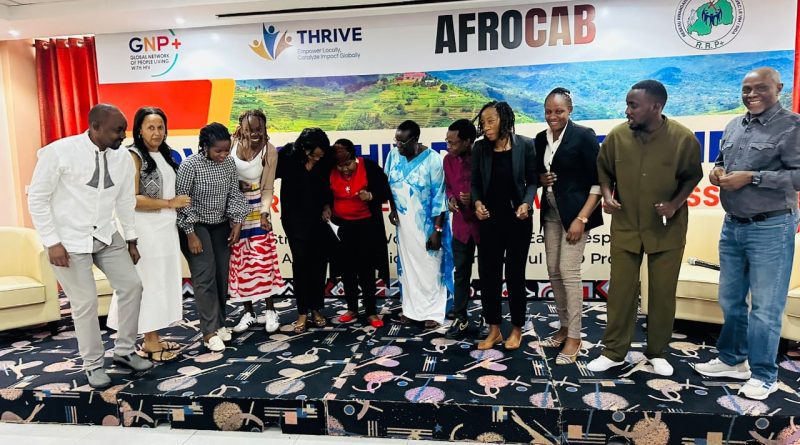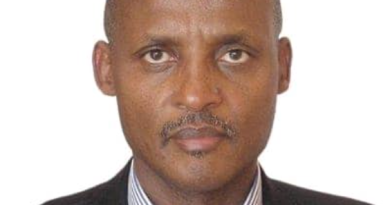We Must Stay Alive: Global HIV Community Gathers in Kigali to Call for Action, Innovation, and Investment to End AIDS death.
As the International AIDS Society (IAS) Scientific Conference kicked off in Kigali, Rwanda, leaders from the global HIV community have come together to share transformative scientific progress, raise alarm over funding cuts, and call for stronger government action to end AIDS as a public health threat. With the recent UNAIDS report revealing 630,000 AIDS related deaths in 2024, despite major medical advancements, voices from across the world are united in saying: No one should die when science can keep us alive.
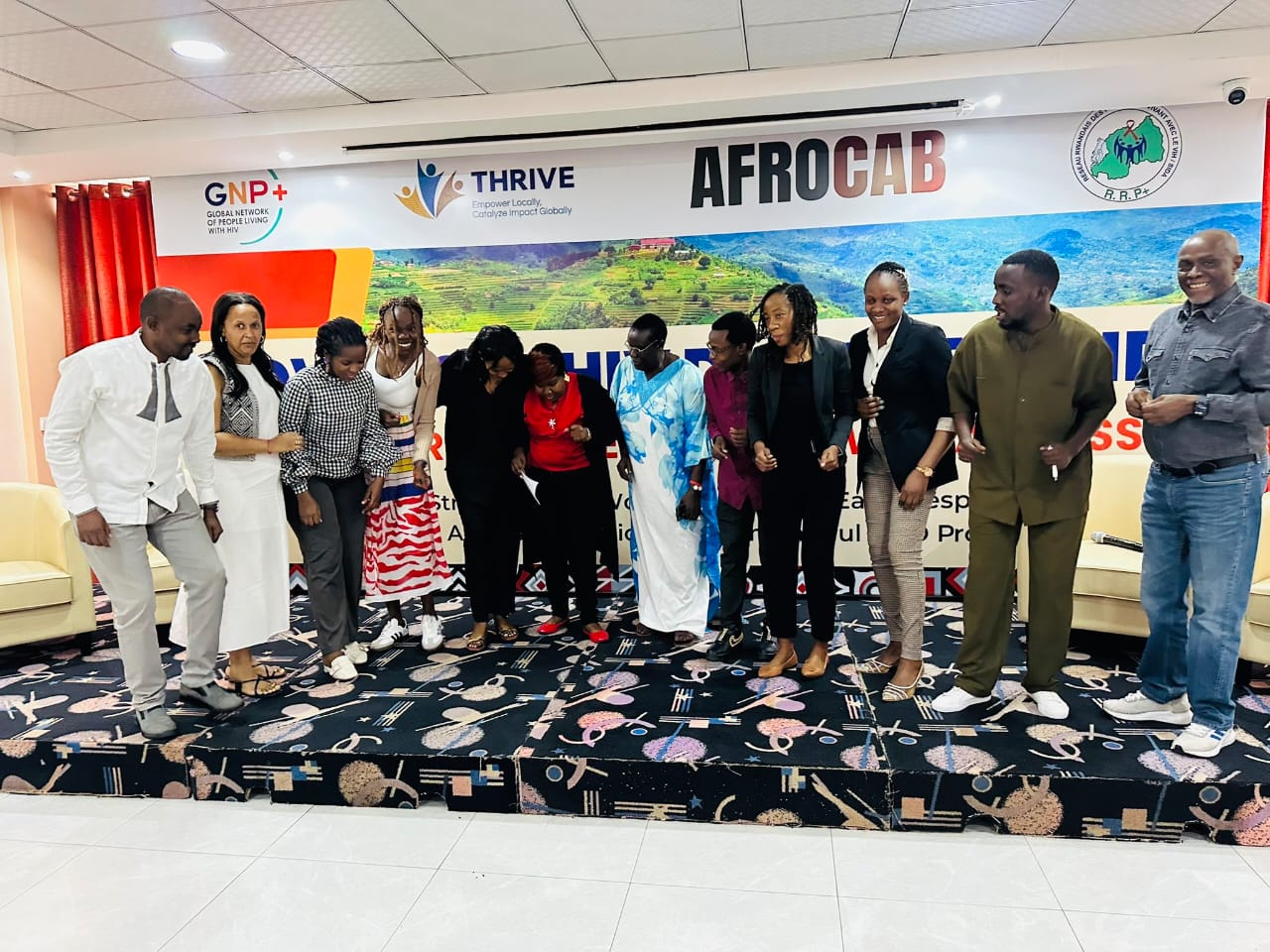
Florence Riako Anam, Co-Executive Director of the Global Network of People Living with HIV (GNP+). highlighted recent scientific breakthroughs, including Lenacapavir, a long-acting injectable HIV prevention drug approved by the U.S. Food and Drug Administration (FDA). Just two doses per year can protect someone at high risk of HIV infection. “This is a game changer, but only if people can access it” she said,
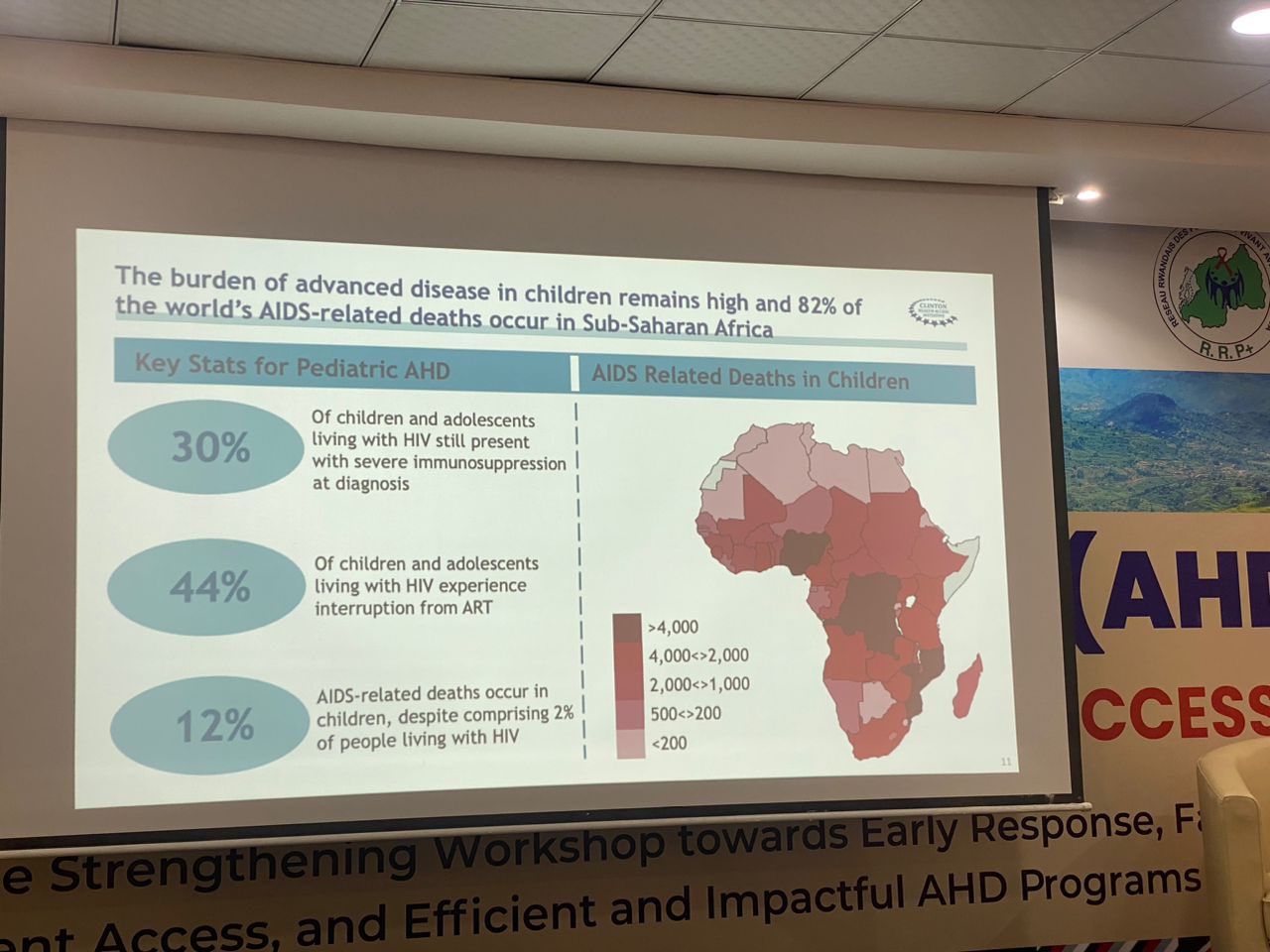
“We now know that when people living with HIV start treatment early, they can live long, healthy lives and cannot pass the virus to others once virally suppressed, but this only works when treatment is available and accessible.” said Florence Riako Anam, Co-Executive Director of the Global Network of People Living with HIV (GNP+).
The IAS Scientific Conference held every two years is not a community event, but a high-level platform where scientists, policymakers, and advocates come together to transform scientific knowledge into real world policies and healthcare strategies. On Monday, the World Health Organization (WHO) is set to release new treatment guidelines for HIV, Hepatitis, and STIs. These include better options for children, integrated service delivery, and simplified medication plans.
But even as science advances, the HIV response faces a new crisis, shrinking global funding. Anam and others emphasized that major donors from the Global North are pulling back, cutting support for treatment programs in low and middle income countries.
“It’s a challenging time, but I see it as an opportunity, We’ve built strong infrastructure thanks to past investments now it’s time for our governments to step up.” Anam said.
Jerop Limo, Executive director ambassador for Youth and adolescent health program in Kenya, who Emphasized the urgency of national funding. “For too long, we relied on others. Now it’s time for African governments to fund HIV, TB, and malaria programs directly.” She said.
Limo, also called for community led and youth led solutions, especially to address the needs of adolescent girls and young women who are affected at higher rates “We need to make sure their voices are in the room where research and development happen, nothing about us without us.” she said.
With funding cuts disrupting HIV services, Limo said emphasizing the need for efficient, community-focused programs that keep people on treatment and prevent new infections she praised the new wave of science driven tools like dual HIV and pregnancy prevention products but warned they will be useless unless young people can access and trust them.
“Innovation is key We must do more with less, young people want dignity, privacy, and choices, let’s give them the tools and support they need to protect their health” she said.
Dr. Deo Mutambuka, Executive Secretary of Rwanda’s Network of People Living with HIV (RRP+), said hosting the IAS 2025 Scientific Conference in Kigali is both an honor and a challenge.
“Rwanda has made big progress. We’ve reduced loss-to-follow up and improved treatment access, We must keep pushing forward.. We need better case-by-case responses, collaboration with communities, and quality care at all levels.” He said.
Rwanda is moving toward the 95-95-95 targets a UNAIDS strategy to end AIDS by 2030. The goal is 95% of people living with HIV know their status, 95% of those diagnosed receive sustained treatment, and 95% of those on treatment achieve viral suppression. Rwanda is close but funding and innovation is still continued.
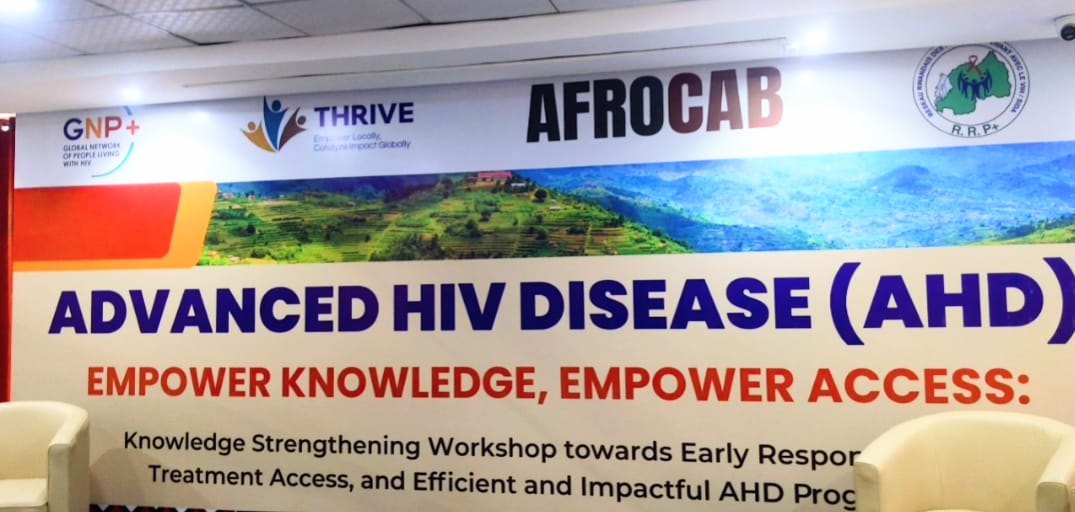
The UNAIDS Global AIDS Update 2025, released on July 10, revealed that 630,000 people died from AIDS-related causes in 2024 mostly from preventable and treatable illnesses like tuberculosis, severe bacterial infections, and diarrhea.
“These deaths are unacceptable, many of them happened because people were late to seek care, or because they stopped taking treatment due to stigma or fatigue. Others didn’t know what to do because of misinformation, the recent disruptions such as global funding shifts in January caused confusion and fear among patients, some stopped going to clinics. Some didn’t know if they could still get medicine, now we’re trying to bring them back, we want everyone to enjoy the benefits of HIV science, we all deserve to live. We have survived against the odds, we are still here and we are not going anywhere, we must stay alive.” said Florence Riako Anam, Co-Executive Director of the Global Network of People Living with HIV (GNP+).
Dr. Deo Mutambuka, Executive Secretary of Rwanda’s Network of People Living with HIV (RRP+) add that HIV is no longer a death sentence but only if science, funding, and policy move together, with new prevention tools like Lenacapavir, updated WHO guidelines, and strong advocacy from youth and communities, the end of AIDS is possible. But it requires urgent action, political will, and the belief that every life matters
The conference will be held at the Kigali Convention Centre from July 13 to 17, 2025.
By Hadjara Nshimiyimana.

